iPhone 13 and screen change: Face ID blocking is linked to a chip
iFixit was able to confirm information that circulated on the iPhone 13: replacing the screen deactivates Face ID. At least this happens if the change is made by a third party. There is no problem if Apple does the repair.
Beware of Face ID on iPhone 13 when replacing screen
According to iFixit, the change means you’ll now need a microscope to do one of the most common phone repairs that could once be done with hand tools. Neighborhood repairers could be forced to shut down, with the change meaning they will be “Forced to choose between spending thousands of dollars on new equipment or losing an important source of income”, explains the site.
What is the change? The iPhone 13 is connected to its screen using a microcontroller, which repair technicians often call “serialization”. Apple has not planned a way for owners or stores to put a new screen. Since certified technicians have access to proprietary software, called Apple Services Toolkit 2, they can operate the new displays by registering the repair on Apple’s servers and synchronizing the phone and display serial numbers. . This gives Apple the ability to approve or deny each individual repair.
For iFixit, the fact that Face ID is deactivated when changing the screen of the iPhone 13 due to a chip represents “A dark day for repairers, whether they are handymen or professionals”.
A change coming?
It’s technically possible to bypass Apple’s restriction, but iFixit notes that this is a sophisticated process. Repairers need to physically move a soldered chip from the original screen to put it on the replacement screen. Otherwise, you will see an error message stating that the iPhone 13 is unable to activate Face ID.
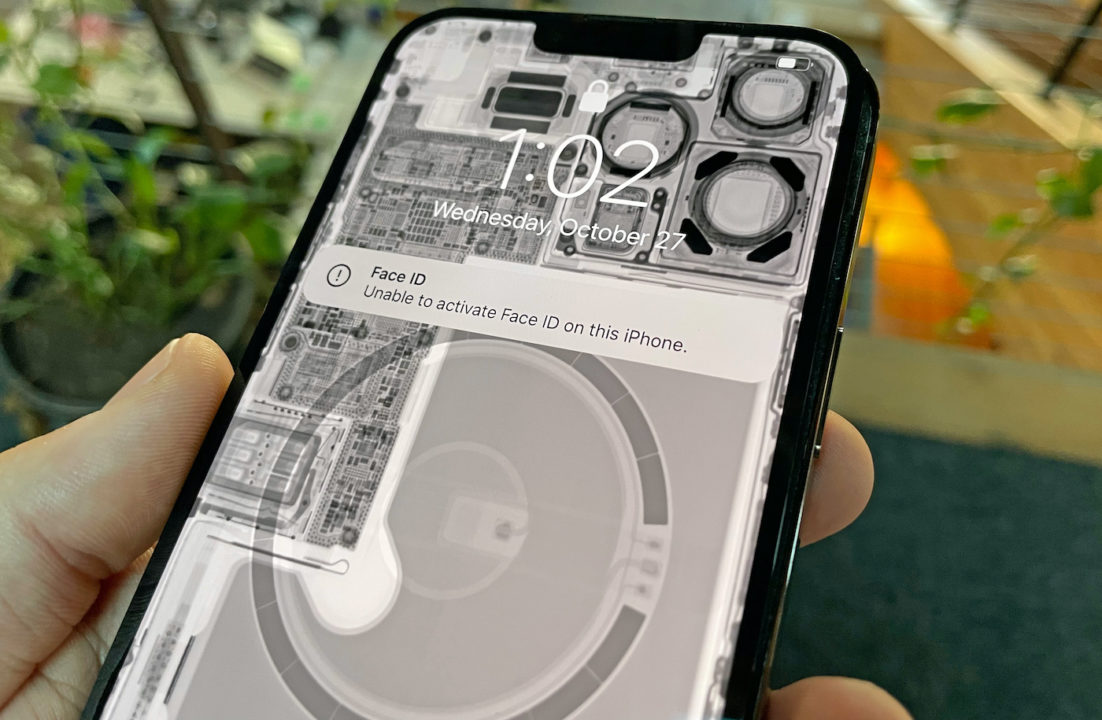
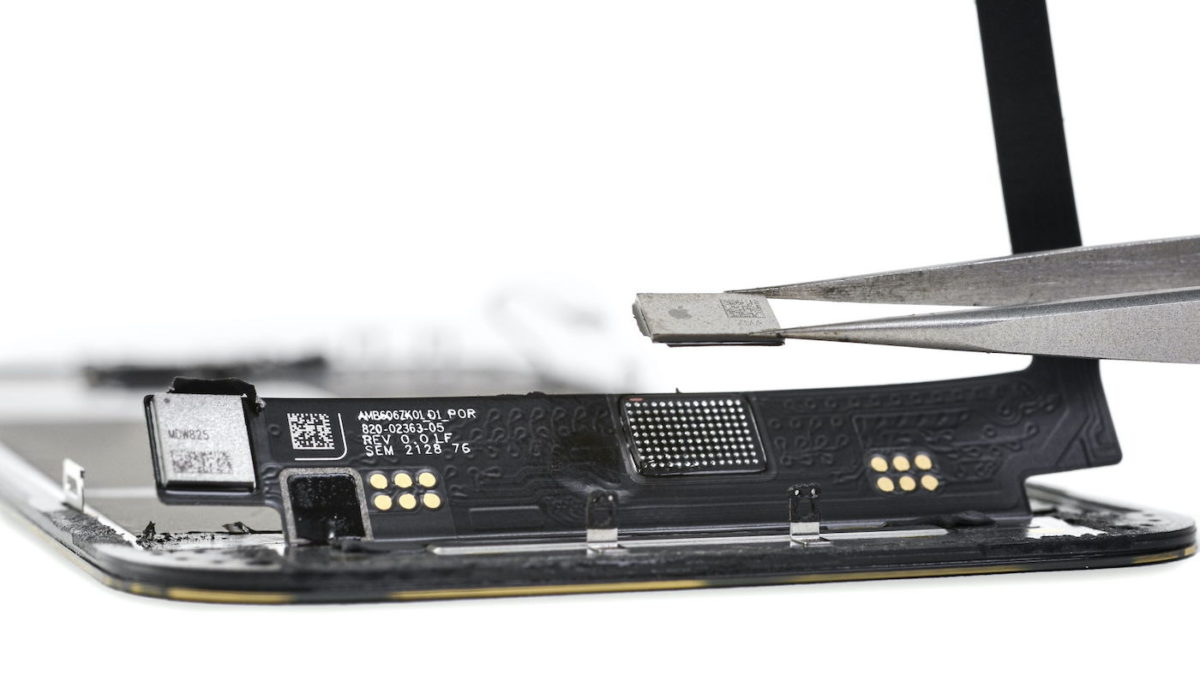
Can the situation change? May be. Last year, Apple changed the behavior of the iPhone 12 when the photo sensors were replaced by a third party. iOS 14.4 took care of warning users with a message. To see if history will repeat itself this year for the iPhone 13 and Face ID.
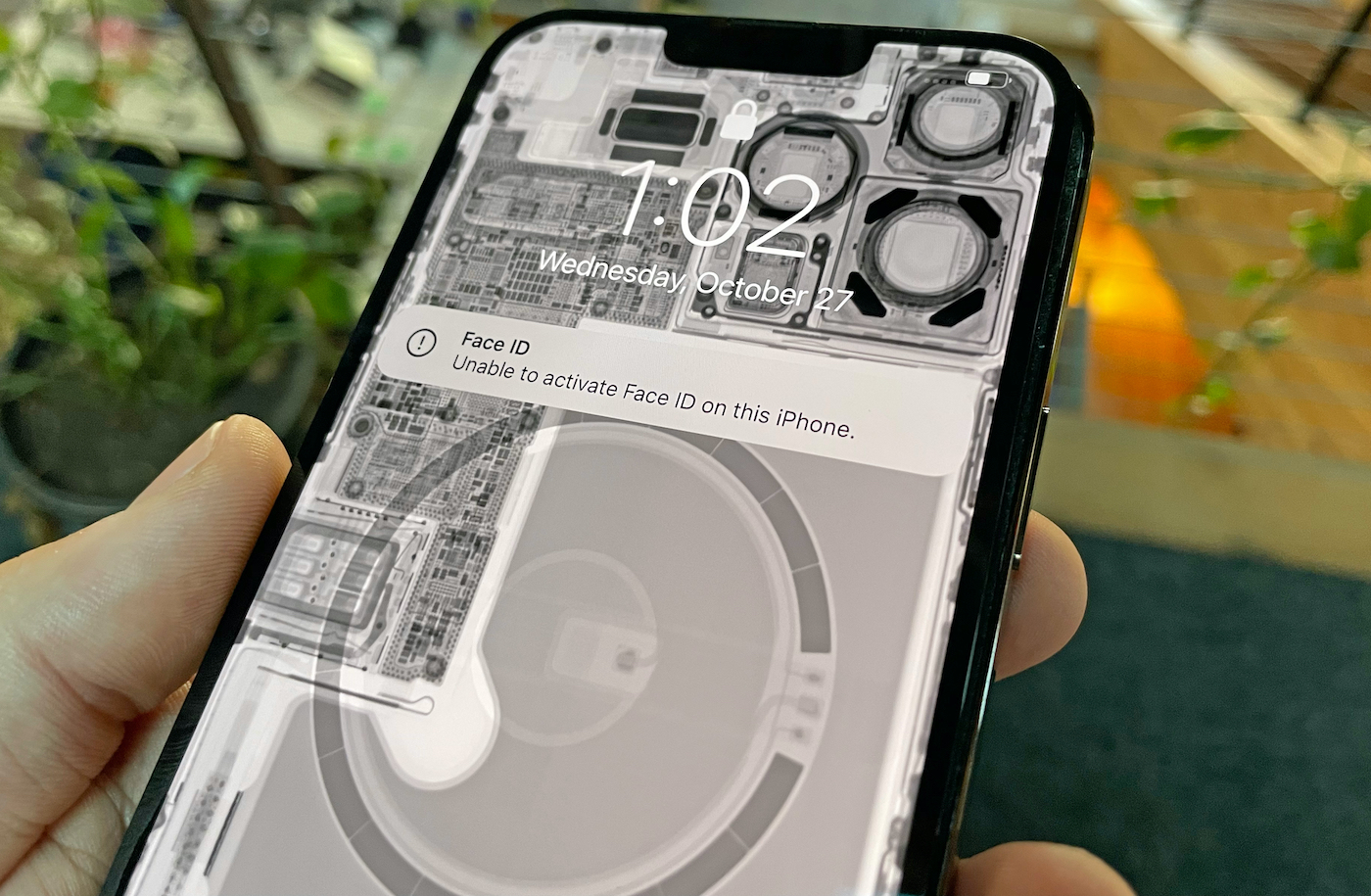
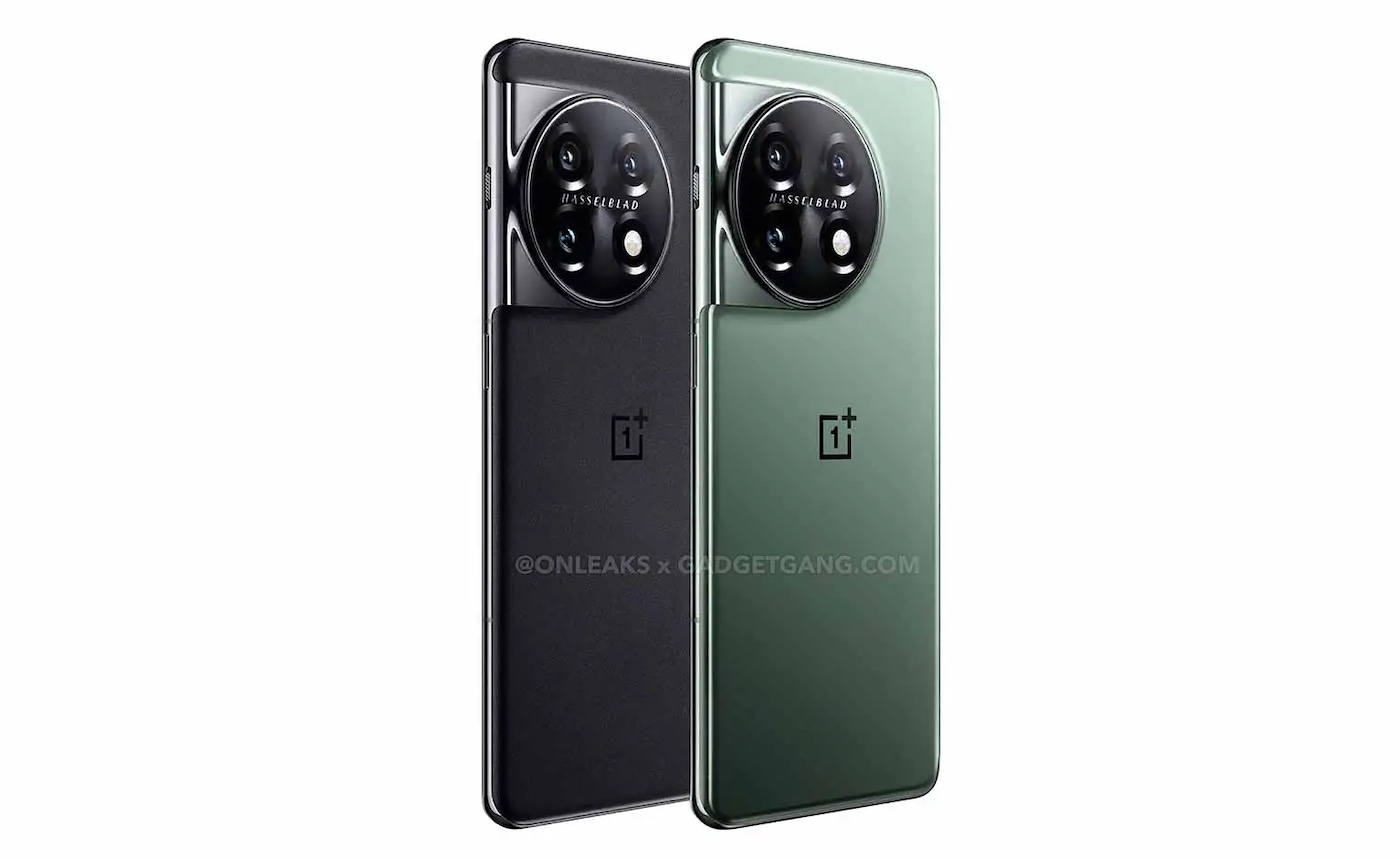
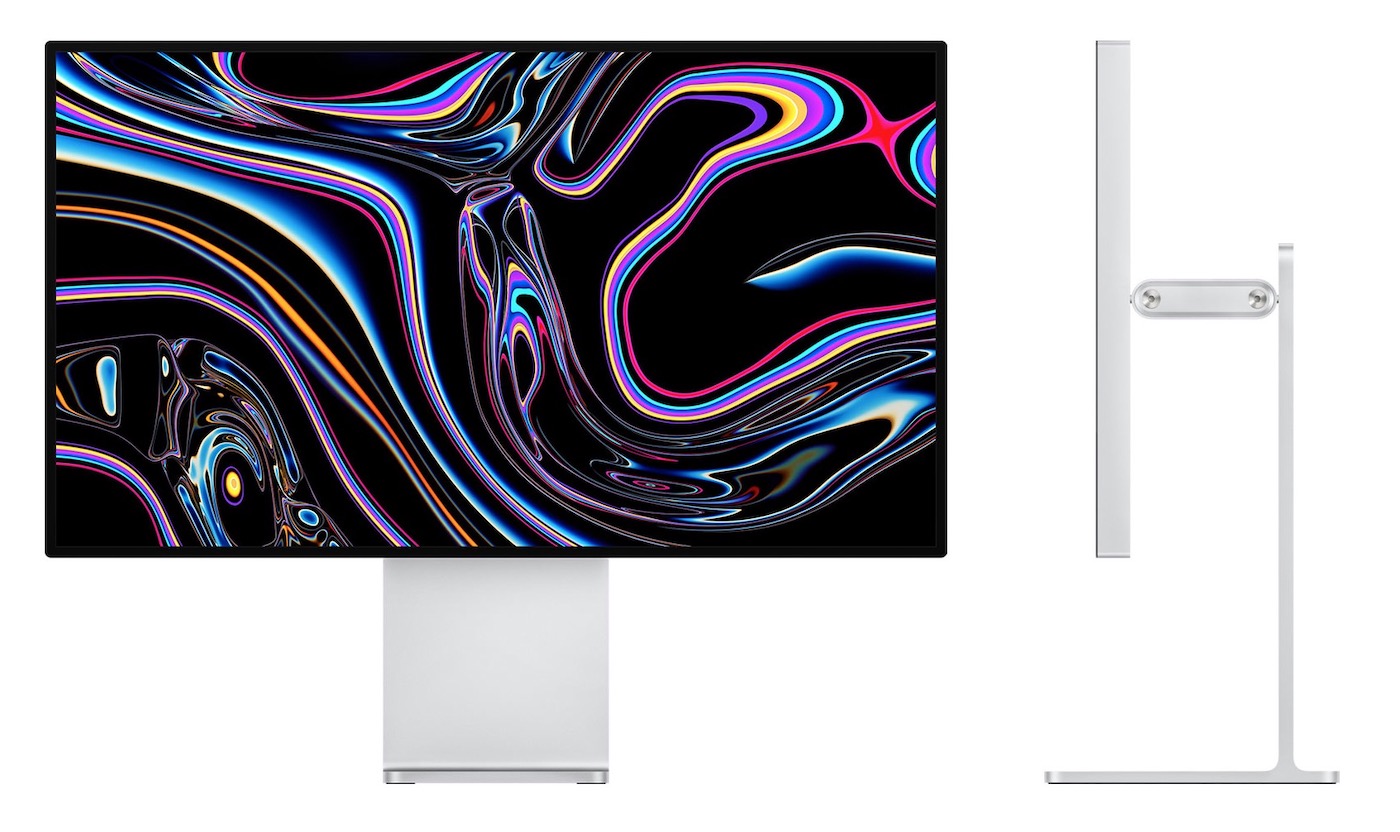
![[#BonPlan] Les promos high-tech du 27 août [#BonPlan] Les promos high-tech du 27 août](https://cdn.kulturegeek.fr/wp-content/uploads/2020/11/promo-deals.jpg)